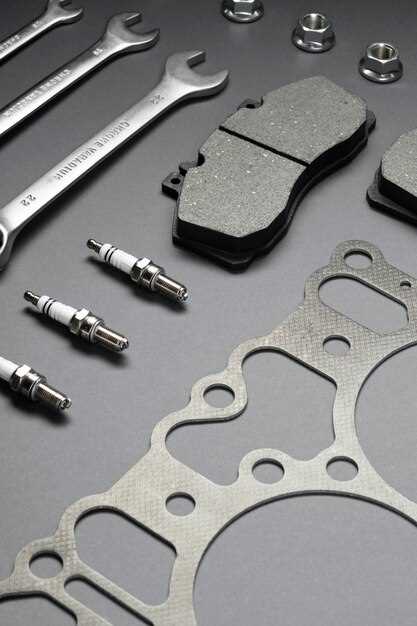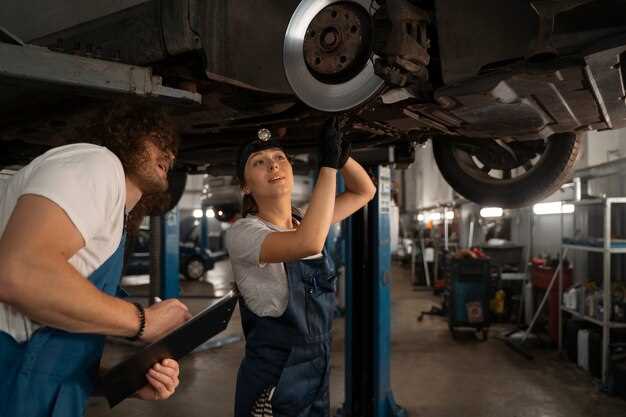
In the world of collision repair, the choice between Original Equipment Manufacturer (OEM) parts and aftermarket components is a critical decision that can significantly impact the repair quality, cost, and vehicle performance. As vehicles become increasingly advanced with sophisticated technologies, the implications of using one type of part over another merit thorough examination. Understanding the nuances between these two options helps vehicle owners, repair shops, and insurance providers make informed choices that align with their needs and priorities.
OEM parts are produced by the vehicle’s manufacturer and are designed to meet specific standards and specifications set forth during the vehicle’s production. This ensures that these parts integrate seamlessly with the vehicle’s existing systems, maintaining overall performance and reliability. In contrast, aftermarket parts are made by third-party manufacturers and can vary widely in terms of quality, cost, and compatibility. While aftermarket parts often present a lower-cost alternative, their performance and longevity can be uncertain, leading to potential compromises in repair quality.
The debate over OEM versus aftermarket parts is not merely a matter of cost; it encompasses several factors, including safety, warranty implications, and long-term vehicle value. This article aims to dissect these aspects comprehensively, providing insights that can guide stakeholders in making the best decisions when it comes to collision repairs. By analyzing the advantages and disadvantages of each option, we will clarify why understanding the differences is essential in today’s automotive landscape.
Cost Comparison: Evaluating Budget-Friendly Options

When it comes to collision repair, the choice between Original Equipment Manufacturer (OEM) parts and aftermarket parts significantly impacts the overall cost. Understanding these options is essential for making informed decisions that align with budget constraints.
OEM parts are produced by the vehicle’s manufacturer and are typically more expensive due to their guaranteed fit and the assurance of maintaining the vehicle’s original quality. Aftermarket parts, on the other hand, are made by third-party manufacturers and are usually priced lower, offering a more budget-friendly alternative.
Here’s a detailed cost comparison:
- OEM Parts:
- Higher initial purchase price due to brand affiliation.
- Warranty usually offered, which can protect against future repair costs.
- Potentially higher resale value for the vehicle, as OEM parts maintain the original specifications.
- Aftermarket Parts:
- Generally less expensive, appealing to cost-conscious consumers.
- Availability in various qualities and price ranges, giving consumers options.
- No assurance of compatibility or quality, which may lead to additional repair costs down the line.
To conduct a thorough cost evaluation, consider the following factors:
- Initial Cost: Compare the price differences between OEM and aftermarket parts for specific repairs.
- Labor Costs: Assess whether certain parts require more labor for installation, potentially offsetting initial savings.
- Quality and Longevity: Take into account the lifespan and durability of each option to evaluate long-term costs.
- Warranty and Insurance Considerations: Review warranty offerings and whether your insurance provider favors one type over the other.
Ultimately, while aftermarket parts can provide immediate cost savings, evaluating their reliability and long-term performance is crucial. In many cases, investing in OEM parts might result in lower total ownership costs due to their durability and compatibility.
Quality Assessment: Understanding Longevity and Performance
When it comes to collision repair, the choice between OEM (Original Equipment Manufacturer) and aftermarket parts is often driven by quality assessment related to longevity and performance. OEM parts are produced by the vehicle manufacturer, ensuring that they meet specific standards set during the design of the vehicle. This often translates to better compatibility and a higher expectation of durability, as these parts are intended to match the exact specifications of the original components.
Conversely, aftermarket parts can vary significantly in quality. While some aftermarket manufacturers prioritize quality and may produce parts that surpass OEM specifications, others focus on cost-cutting measures, which can lead to inferior performance and reduced lifespan. Consequently, assessing the quality of aftermarket parts requires careful scrutiny, including research on the manufacturer’s reputation, customer reviews, and warranty policies.
Longevity relates to how well a part withstands wear over time under typical operating conditions. OEM parts generally provide a longer lifespan due to their precise engineering and the rigorous quality control measures employed during production. On the other hand, the performance of aftermarket parts can vary, with some providing adequate durability, while others might fail prematurely, leading to further repairs and costs. It’s crucial to weigh the potential savings of aftermarket parts against the risk of reduced longevity.
Performance is another critical aspect to consider. OEM parts are engineered to function optimally with the vehicle’s design, thus ensuring safety and efficiency. Aftermarket parts, while sometimes innovative, might not deliver the same level of reliability, especially if they do not prioritize materials and engineering standards. Performance issues can result in not only diminished functionality but also potential safety risks, making quality assessment essential for collision repair decisions.
In conclusion, understanding the nuances of quality assessment between OEM and aftermarket parts is vital for ensuring longevity and performance in collision repairs. Vehicle owners must take a proactive approach in evaluating the options available, considering both the immediate costs and the long-term implications of part choice on their vehicle’s reliability and safety.
Legal and Warranty Implications: What You Need to Know

When considering collision repair, understanding the legal and warranty implications of using OEM (Original Equipment Manufacturer) versus aftermarket parts is crucial. OEM parts are made by the vehicle’s manufacturer, while aftermarket parts are produced by third-party companies. This distinction has significant consequences for vehicle owners in terms of warranty coverage and legal liability.
One key aspect of using OEM parts is that they typically uphold the authenticity and quality standards set by the manufacturer, which may protect your vehicle’s warranty. Most warranties require that repairs be performed using OEM parts to ensure coverage, especially for substantial components like engines and transmissions. If a vehicle is repaired using aftermarket parts, manufacturers may claim that this choice voids the warranty, leaving owners responsible for future repair costs.
On the other hand, using aftermarket parts can be a cost-effective option. However, these parts can vary in quality, and some may not meet the same standards as OEM components. If a failure occurs due to the use of substandard aftermarket parts, the vehicle owner could face challenges when seeking warranty claims or legal recourse for any damages resulting from the failure.
Legally, consumers have the right to choose between OEM and aftermarket parts for repairs. However, this choice can introduce potential disputes with insurers or manufacturers, especially if the parts used affect the vehicle’s safety or functionality. It’s essential for consumers to document all repairs meticulously and understand the terms of their warranty to avoid pitfalls.
In summary, vehicle owners must weigh the immediate cost benefits of aftermarket parts against the potential long-term implications on warranties and legal liability. Consulting with knowledgeable professionals, understanding the specifics of warranties, and making informed choices about parts can safeguard against financial loss and maintain vehicle integrity.

